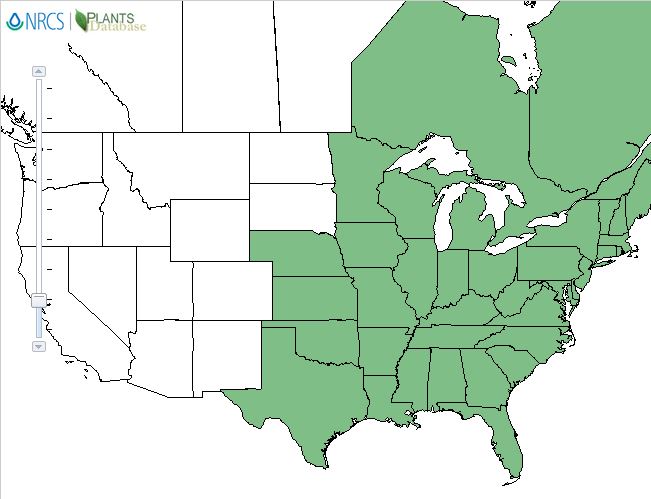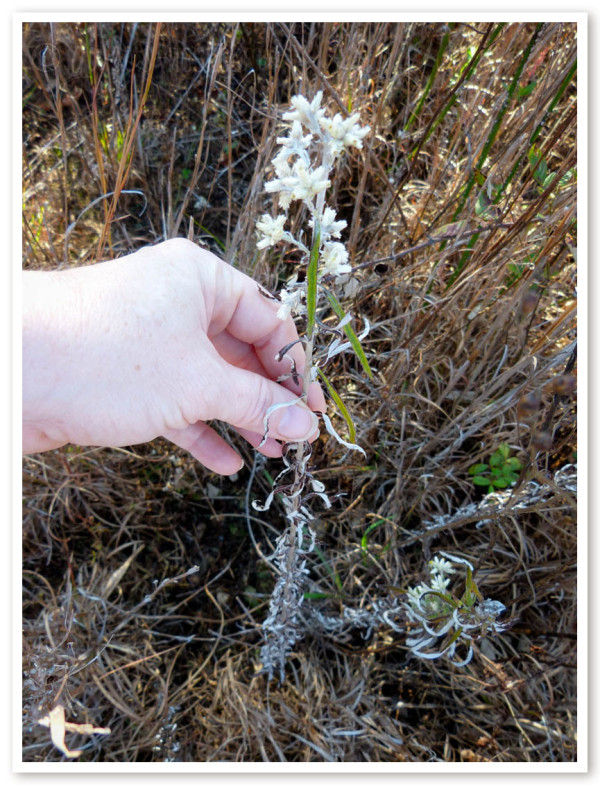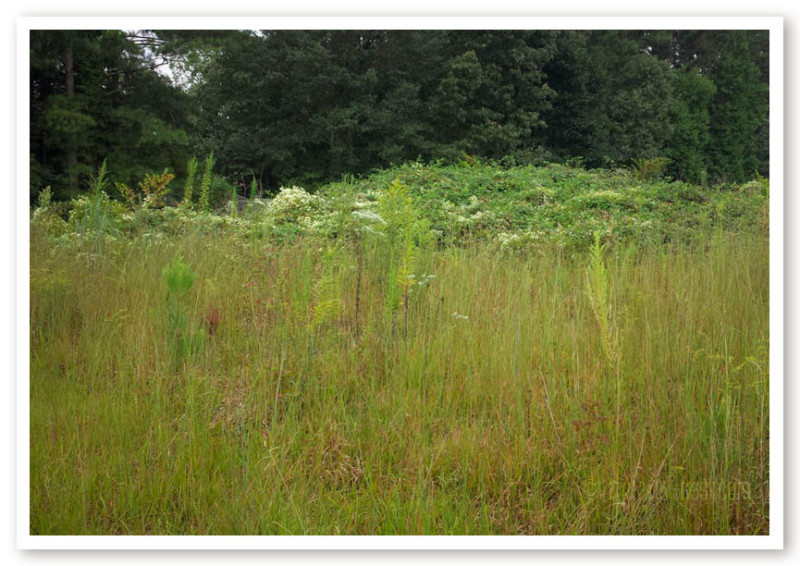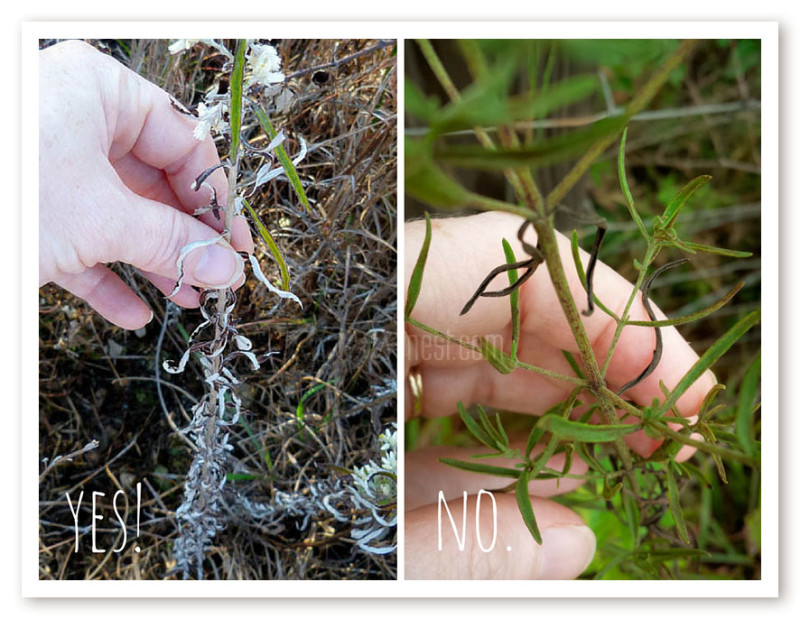 Last week I shared a post introducing rabbit tobacco- it’s one of my favorite home remedies for chest congestion and colds here at our home. We talked about the history, uses and actions of this herb. Rabbit Tobacco is a folk herb, so it’s not commonly known or an herb that you can find at any herb shop. In the next post in this series, I’ll share how I use this wonderful herb with recipes for home remedies, and also links to where you can buy Rabbit Tobacco online if it doesn’t grow in your area. I share here how to make a tincture with rabbit tobacco, and when you’d want to choose that over a steam or tea.
Last week I shared a post introducing rabbit tobacco- it’s one of my favorite home remedies for chest congestion and colds here at our home. We talked about the history, uses and actions of this herb. Rabbit Tobacco is a folk herb, so it’s not commonly known or an herb that you can find at any herb shop. In the next post in this series, I’ll share how I use this wonderful herb with recipes for home remedies, and also links to where you can buy Rabbit Tobacco online if it doesn’t grow in your area. I share here how to make a tincture with rabbit tobacco, and when you’d want to choose that over a steam or tea.
This week, we’re going to talk about finding and harvesting rabbit tobacco if it grows in your neck of the woods.
Where Rabbit Tobacco Grows
According the the USDA website, rabbit tobacco grows all over the Eastern United States and Canada. Distribution maps are not always accurate, and sometimes you can find herbs well outside of where they maps predict…and other times you may struggle to find an herb even though it’s shown to grow in your area.
If you’re out west, look up Lomatium Root- another great folk herb that was used for viruses and lung ailments. 
I’ve included lots of photos in this post so that you can get a pretty good feel for spotting Rabbit Tobacco and identifying it.
Identifying and Harvesting Rabbit Tobacco
 Rabbit Tobacco is harvested only in the fall after the leaves are dry and silvery gray and brown. According to Darryl Patton, the Southern Herbalist in his article on rabbit tobacco:
Rabbit Tobacco is harvested only in the fall after the leaves are dry and silvery gray and brown. According to Darryl Patton, the Southern Herbalist in his article on rabbit tobacco:
It is critical that it is picked AFTER the leaves have turned their traditional silvery-green color in the fall. Until then the chemical constituents are not fully developed and medicinal value of the plant is poorly developed. Most of the terpenes and saponins are not present, and any infusion or tincture made will not be very effective.
So you can hunt for a crop now, but the strong medicinal components of this herb are only developed once the rabbit tobacco has dried in the ground. The green leaves will turn black/dark brown on one side, and silvery white on the other.

The whole plant can be harvested without doing any harm to the future supply. Rabbit Tobacco is a biennial. The first year it forms only a basal rosette; after it blooms in its second year it dies. Future plants propagate from seed, so pulling up mature rabbit tobacco plants won’t negatively affect future yields- especially if you shake the seeds out in the field. Rabbit tobacco retains its medicinal strength in the field, and can be harvested through the fall and winter.

Smaller plants can be a single stalk only 8 inches high, but most of the ones I’ve found have been multi-branched and about 14-16 inches high, and can grow as tall as 3 feet. They like sunny fields with dry/drained soil.
The blooms have feathery little seeds somewhat like dandelions that fly everywhere. I give the plant a good shaking in the field, and then sit my harvested herbs outside for a few days and repeat shaking so the seeds won’t fly all over my house. You can see the seed fluff flying around in the photo below.
Rabbit Tobacco Look Alike
 I get excited when I see the feathery white blossoms in the fall fields. But many times I stomp out there only to find that it’s not Rabbit Tobacco after all. False Boneset (Kuhnia eupatorioides) is an herb that has a similar growth habit to rabbit tobacco but doesn’t have the same use-or any use that I am aware of outside of a wildflower bouquet.
I get excited when I see the feathery white blossoms in the fall fields. But many times I stomp out there only to find that it’s not Rabbit Tobacco after all. False Boneset (Kuhnia eupatorioides) is an herb that has a similar growth habit to rabbit tobacco but doesn’t have the same use-or any use that I am aware of outside of a wildflower bouquet.
Here’s how you can tell if you’ve got the right thing:

Early in the season, rabbit tobacco may still have green leaves, so you don’t want to harvest those. False Boneset also has green leaves and small white flowers and looks similar in the field. Until you get close up:

The flowers of Rabbit Tobacco start out as small buds like you see in the first comparison shot- as they mature, they open into well defined straw-like tiny flowers with puffs of seed fluff in the centers, which they willingly release as they dry out. False boneset on the other hand has more of a composite type flower that looks like it’s made of small white hairs.
False Boneset doesn’t have the well defined straw-like flower petals of Rabbit Tobacco.
Now let’s look at leaves and stems:
Both plants have round stems with narrow green leaves, but when the leaves begin to dry, the real differences emerge. Rabbit tobacco leaves turn silvery on one side, and spiral around as they dry. They have a downy feel to the stem and to the silvery side of the leaves, and are soft and pliable when fully dry.

False boneset leaves also twist when they dry, but they simply turn brown and crunchy- plain old boring-dead-brown. False boneset also has a smooth stem instead of a soft fuzzy stem.
A Caution While Collecting Rabbit Tobacco
 While you’re collecting Rabbit Tobacco, you’ll want to rehome any critters that may be living in its leaves and flowers and just be very aware as you pick. I like to pull off any suspicious clumps of leaves/seeds/flowers while picking- moths and butterflies love to make cocoons in this plant.
While you’re collecting Rabbit Tobacco, you’ll want to rehome any critters that may be living in its leaves and flowers and just be very aware as you pick. I like to pull off any suspicious clumps of leaves/seeds/flowers while picking- moths and butterflies love to make cocoons in this plant.  And please, please be on the lookout for angry tenants. My thumb accidentally discovered a grumpy Mama green lynx spider protecting her egg sac. It was most inconvenient and unpleasant for both of us. She was well camouflaged, and bravely rode along with her babies after we collected the plant she was living in from the field.
And please, please be on the lookout for angry tenants. My thumb accidentally discovered a grumpy Mama green lynx spider protecting her egg sac. It was most inconvenient and unpleasant for both of us. She was well camouflaged, and bravely rode along with her babies after we collected the plant she was living in from the field. 
It’s pretty much my life motto to avoid spiders. Especially the grumpy kind. Thankfully she wasn’t poisonous, and she and her offspring got full use of that particular stalk and a one way ticket to my back yard once I discovered them there.
Prepping Rabbit Tobacco

It’s very easy to prepare rabbit tobacco to store and use. I collect whole dried plants from the fields and stash them in a basket or bag. When I get home, I let my herbs sit for several days outdoors and shake out the seeds.
When I’m ready to process it, I snip or any roots and discard.
Next, I give a thorough once over to avoid any wildlife and pick off any cocoons or suspicious hitchhikers. It seems like the critters like the Rabbit Tobacco as much as I do. 🙂

Then I pick or snip off the flower clumps, picking off just the ends.
I like to remove any larger twigs from the flowers so they’re nice and soft. I bag them up and then stuff them into little pillow pouches.
Now you’re left with just a stem and leaves. If all of the leaves are 100% dry, you’re in business. If you still have some green leaves, I break off the parts that are not yet dry and discard them- but I try to harvest after the plants are fully dry so there is no waste.
I strip the leaves off by pinching the stem…
and pulling down it’s length…
to get a handful of leaves that are dry and ready to use as remedies for chest congestion! I toss any of the little small sticks that I might pull. 
Here are the byproducts of prepping rabbit tobacco: leaves, flowers, roots, stems, and wildlife. 🙂

Store the leaves and flowers in a cool dry dark place. I’ve read that you can burn the stems as smudge sticks, and I might keep some to try this year.
For more in this series, check out
Part 1: Meet Rabbit Tobacco- one of my favorite home remedies for nasal congestion
Part 3: Using Rabbit Tobacco- as a sinus congestion remedy
Part 4: Making a tincture with Rabbit Tobacco

Your beautiful photos capture the essence of rabbit tobacco. If you don’t look closely, it seems like a dried brown plant past which has long gone to seed. Yet it is full of life (and Rabbit medicine;) I moved from Minnesota to Oregon five years ago and miss it dearly!
Oh, I hope you have found some good local herbs…it’s sad to leave behind the familiar. Will Rabbit Tobacco grow in Oregon?
This is the information I have been looking for, thank you for sharing! I have found some growing and just learned what it is….and now I have the information for harvesting and uses.
Thank you so much!
Renee
Have you posted Part 3 yet? I’m hoping to buy some Rabbit Tobacco soon and figure out how to use it. Can you also include how it can be used in a nebulizer (assuming it can…). Thanks!
Love that you include so many pictures. Helps a great deal.
I am a fan of visual learning. 🙂
Thank you for this tutorial! Found it on Pinterest!
Question we have a plant around here that looks so much like it.
We never knew the name,but, we called it the Butterscotch plant as it has a wonderful scent in the dry stage.
Is this the same thing? Sure looks like it.
Thank you!
It could be! There are many plants in this family, and you can sometimes use them in the same way with similar results. Do you have anyone locally who is good with ID’ing plants?
Do the plants have to washed after picking and then dried? Or just go for it?
They are best used once they dry in the field. I don’t wash them.
Great article. Love the photos. I am brand new to picking anything medicinal and appreciate the time you took to create this article.
Thanks for all the work you put into this. The pictures and description are great.
When I was a child my Great Uncle would go out and find Rabbit Tea (that’s what we called it) I’m from Eastern, NC. My Great Uncle is now 86 years old. He told me how to find it and what to look for. From time to time I would find a field and look for it. I live in Raleigh, NC now and when I talk to some of my co-workers and ask if they have heard of it, they have no clue what I’m talking about (LOL). I definitely want to pass this technique down to my children. This has helped me get over many a chest congestion in my youth and adult hood. 🙂
I love hearing stories like this! It’s funny that the same herb will have different regional names. My father in law remembered smoking this behind the barn, thinking he was being naughty. He probably was! 😉
Is rabbit tobacco really helping with asthma?
Hi Clark,
I have not had any personal experience, and I shared the story anecdotally because I think it can be useful to experiment with natural products at your own discretion. I’m always open to learning, and share things for others who may feel the same way. But any serious treatment options need to be made with your personal medical professional, and you should not try to use natural products in lieu of your current health care recommendations.
Great artcle! Well put together info. Very descriptive and great pics to help identify.
Really found it useful.
After all-hope was given up on my life, I lay limp and lethargic at 7 years old from a high fever. My grandmother, Susie, and her old friend, May Liza, went in the NC woods looking for some Rabbit Tobacco. After they found it, my grandma Susie brewed a tea from it and literally poured it down my throat. The next day, I was sitting up in bed laughing and playing with my sister. I’m 65 now.
Thank you so much for an excellent article on harvesting this plant and describing, in detail, it’s lookalike. I totally appreciate this advice!